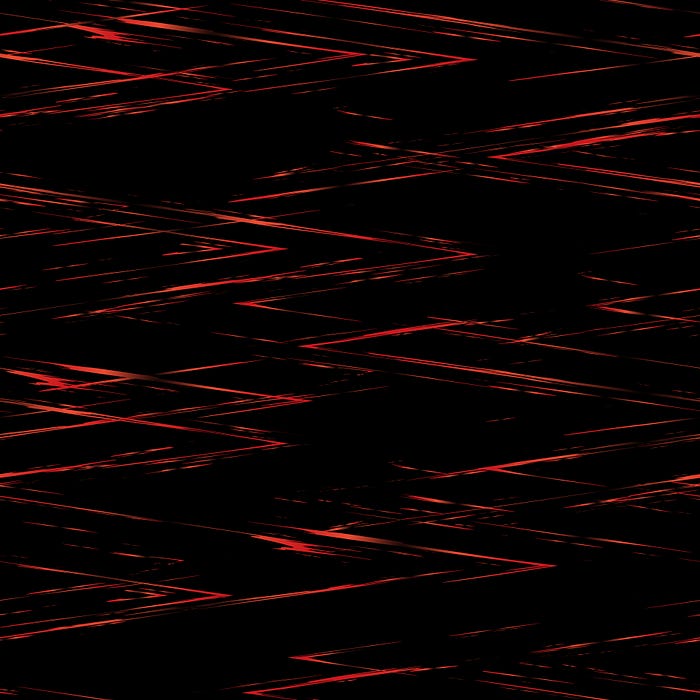Software and artificial intelligence systems are often perceived as mere "tools," but each version has a kind of "personality" created by a complex combination of multilayered factors such as the developer's intentions, design philosophy, dependency environment, runtime conditions, and combinations of training data and parameters. For example, a particular version of an AI model has acquired its performance through many experimental tunings and failures, and its behavior has its own history and traces.
However, while many software and AIs incorporate new features and improved code with each update or version upgrade, they lose the unique behaviors, records, and verifiable environmental requirements that older versions carried, and eventually become unavailable. A memorable example is that the version update of Chat GPT, for example, caused many users to complain about the change in its usability. This phenomenon highlights a problem peculiar to the digital age, in which the reality of software versions as "individuals" is forgotten in history, and reproducibility, verifiability, and cultural and academic value that should be preserved are lost.
In response to these challenges, a method of structurally and permanently preserving all digital artifacts, including software, and assigning a unique identifier to each version, has the potential to create cultural significance by preserving the "individuality" of software in the current digital society. By accurately restoring each version of the past and establishing a foundation for research, reuse, and historical verification, the value of the "individual" created by digital software, which may be lost in the future, can be passed on to the future, and the possibility of creating new value from it can be increased.
For example, a symbolic example of the value of digital archives exists in the case of the precise 3D model of Notre Dame Cathedral implemented in the game "Assassin's Creed Unity" It is fresh in our minds that in 2019 a fire broke out in Notre Dame Cathedral and damaged it beyond repair. However, the Notre Dame Cathedral in the digital space precisely recreated in this game will always be able to reproduce the lost architectural details to the user in virtual space for as long as the game continues to be played. This data is generated using a scholarly method that combines laser scanning and historical references. Considering that the data is a recreation in a game, it should be possible to use the data for structural analysis, texture representation, and decorative pattern research to some extent, even if it is not a perfect precise match with the real Notre Dame. At the same time, the game is also creating public value in a variety of ways, including the development of VR educational materials, distance education, and content for cultural tourism (in fact, the developer, UBI Soft, offered a one-week free distribution period for the game in question in response to the Notre Dame fire). The value created by the fact that these data have been preserved and can be reproduced is very significant. If the data had been in software or operating systems that were no longer under development, or could only be reproduced in older versions of game consoles or terminals that were not available or repairable at the time, it would have been difficult to create this kind of value.
In order to protect and manage this digital heritage in a way that makes it usable, it is essential to have a continuous and systematic budget allocation by public institutions, rather than relying essentially entirely on the private sector. The amount of digital data, software, and data on the Internet is growing at an accelerating rate, and essentially all of this data must exist in a reproducible archive so that it can have value for the future.
In many countries, budgets for digital archiving projects are buried in existing administrative expenses and there is no separate funding line for cultural heritage or academic materials, so investment in infrastructure for long-term preservation, environmental maintenance, data development, and metadata provision is still insufficient. While there are some sporadic grants and projects, there is not yet a sustainable framework for cultural heritage as a whole.
If the value of digital archives is to be maximized, it is important to create an independent budget line dedicated to digital cultural heritage preservation at the national and local levels to provide integrated support for archive construction, maintenance, and public operation. Matching grants to incorporate older versions of data held by private companies, the establishment of a fund through donation deductions, and the promotion of standardization of preservation standards and identifier operation rules could also create significant value. Furthermore, long-term operational obligations and performance-linked support systems for subsidized archives would reduce the risk of interruptions in infrastructure maintenance and data updating. Collaboration with universities and research institutions is also important, and it is desirable to establish programs for training professional human resources to expand the quality and scope of use of digital archives and to ensure the transmission of intellectual heritage to future generations.
Through these efforts, it is one of the challenges of today's information society in the 21st century to build a "digital heritage preservation infrastructure" that can be used as a foundation for the reconstruction, education, research, and creative use of physical and virtual cultural assets, while passing on to future generations the unique personality, cultural background, and technical significance of each software and AI version. This is one of the challenges of the modern information society of the 21st century. Through the development of a public budget system and the promotion of public-academic-private partnerships, valuable data resources held by private companies can be widely shared as public goods, and by establishing a system that supports the permanence and diversity of digital archives, we will be prepared to create greater value for future society in the years to come.

